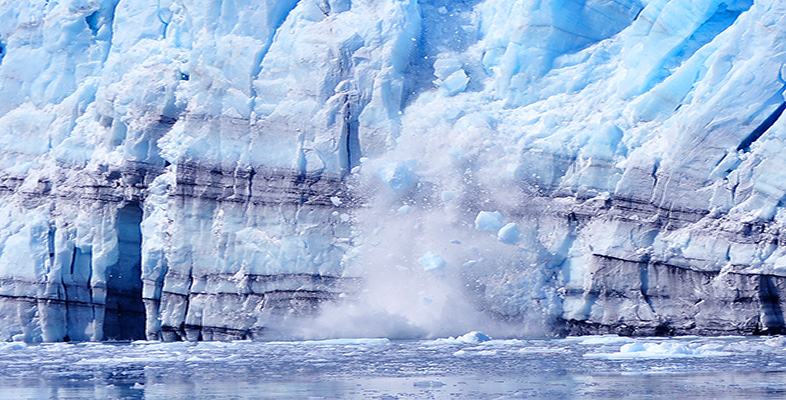1.7 Summary
Figure 12 summarises the ways in which the Earth's surface and atmosphere gain and lose energy. The main points are as follows:
A proportion (the planetary albedo) of the incoming shortwave radiation from the Sun is reflected (or scattered) directly back to space, mainly by clouds and the Earth's surface (especially snow and ice cover), but also by aerosols (e.g. dust, salt particles, etc.). Most of the rest is absorbed by the surface, thereby warming it.
Outgoing longwave (infrared) radiation from the Earth's surface is repeatedly absorbed and re-emitted by greenhouse gases naturally present in the atmosphere (mainly water vapour and CO2, but also methane, nitrous oxide and ozone); this warms the lower atmosphere (or troposphere). Some of the re-emitted radiation ultimately goes out to space, maintaining an overall radiation balance at the top of the atmosphere. But back radiation from the atmosphere keeps the Earth's surface over 30 °C warmer than it otherwise would be - the natural greenhouse effect.
Clouds both cool the surface (by reflecting solar radiation) and warm it (by absorbing and re-emitting outgoing longwave radiation). Globally, the net effect is a slight cooling of the planet.
Energy is also transferred from the surface to the atmosphere as heat (through conduction and convection) and through the evaporation/condensation of water (latent heat transfer).
The troposphere is heated from below whereas the stratosphere is heated from above, mainly by the absorption of incoming uv radiation from the Sun by the ozone layer. This produces the characteristic variation of temperature with altitude from the surface up to the stratopause (Figure 9).
Radiative forcing is an imbalance between the solar radiation absorbed by the Earth-atmosphere system and the longwave radiation emitted to space. It can be either positive (which has a warming effect) or negative (which has a cooling effect). Natural sources of radiative forcing include variations in the solar constant (either up or down) and episodic injections of large amounts of volcanic sulfate aerosols into the stratosphere (which has a short-term cooling effect at the surface).
Various human activities (including the extraction, distribution and burning of fossil fuels; industry; burning vegetation and land-use change; agriculture; waste management, etc.) have increased emissions of natural greenhouse gases (or their precursors in the case of tropospheric ozone). As a result, the atmospheric concentrations of these gases have increased since pre-industrial times, by about 31% for CO2, 149% for CH4, 16% for N2O and 36% for O3. The use of entirely synthetic compounds (halocarbons, e.g. CFCs) has also added new (and potent) greenhouse gases to the atmosphere. This has produced a positive radiative forcing (greenhouse forcing) of climate, which is expected to lead to global warming.
Human activities also increase the tropospheric load of sulfate aerosols (due to SO2 emissions) and various carbonaceous particles (from fossil fuel and vegetation burning). Anthropogenic aerosols mostly produce negative forcing, both directly (by back-scattering solar radiation) and indirectly (through their influence on cloud albedo).
Long-lived gases (CO2, CH4, N2O and halocarbons) are well-mixed in the troposphere. By contrast, the concentrations of relatively short-lived species (e.g. ozone and aerosols) are variable in both space and time.
